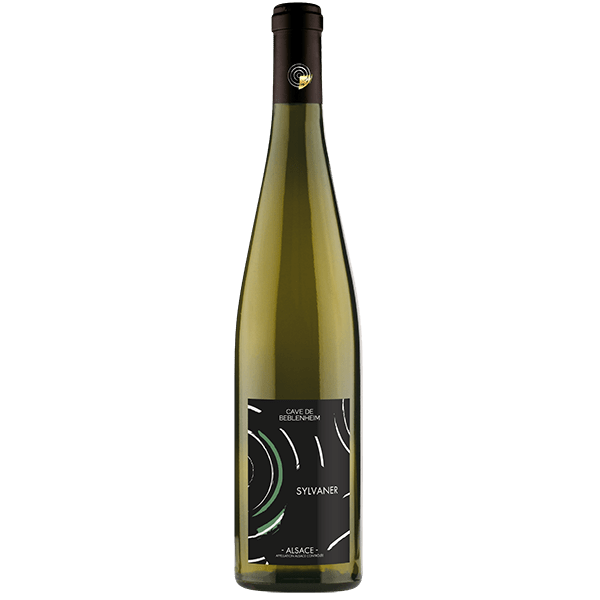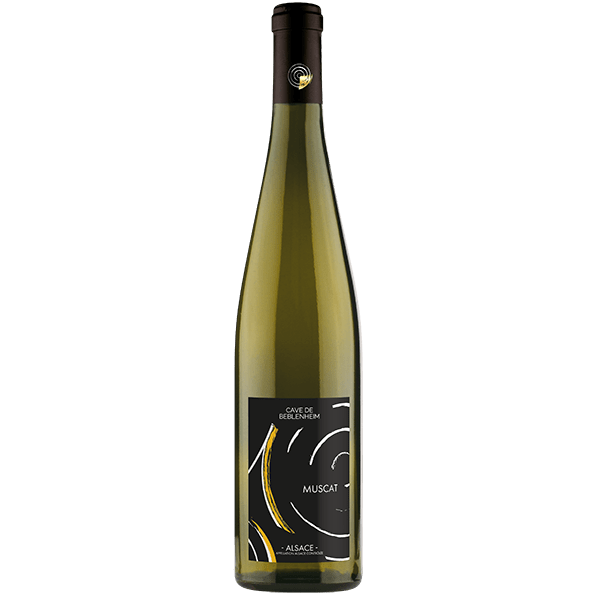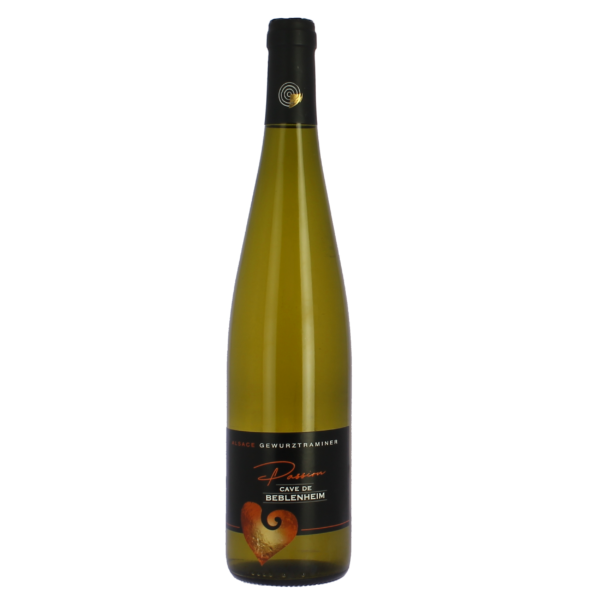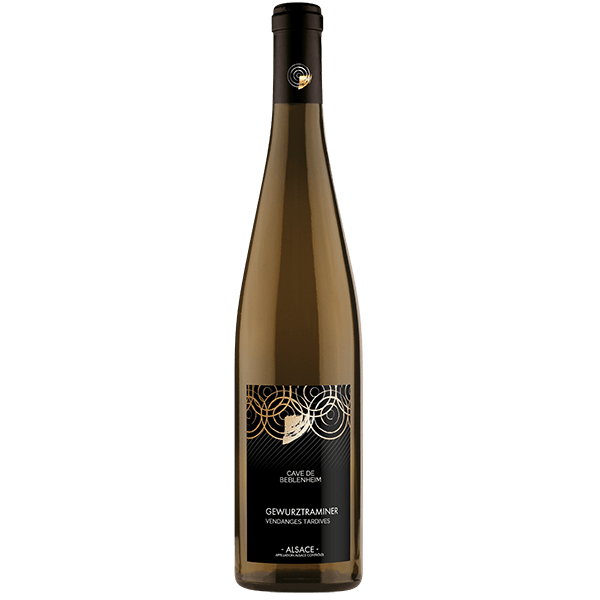It all started with a wonderful legend...
A long time ago, an ark sailed under pouring rain, navigating an endless ocean on a flooded planet. Dawn broke one day, after weeks at sea without an ounce of land on the horizon, and the captain finally saw a sun-kissed hill rising out of the water, far away. Noah and his family set sail directly for it.
This land was polished by the sun, its brown tones reflecting gold and red in the dawn light. The slope was gentle, draining water away gently, scattered with round limestone pebbles and gifted with eternal sunshine. What better place to plant the first grape vines?
These first plants thrived and their grapes quickly ripened beautifully, becoming incredibly rich and full-bodied wines with exceptional balance and harmony. “Wine is sunlight, held together by water”, said Galileo, some centuries later. This land would also come to be known as “Eclat de Soleil” or “Sonnenglanz”, meaning “Sun’s sparkle”.
In homage to this pioneer, the village at the foot of this blessed land was named “Bab el Noëm”, Aramaic for “Noah’s Gate”. Centuries passed, armies came and went, and the name was Germanised into Beblenheim. Welcome to one of the birthplaces of wine growing.
This land was polished by the sun, its brown tones reflecting gold and red in the dawn light. The slope was gentle, draining water away gently, scattered with round limestone pebbles and gifted with eternal sunshine. What better place to plant the first grape vines?
These first plants thrived and their grapes quickly ripened beautifully, becoming incredibly rich and full-bodied wines with exceptional balance and harmony. “Wine is sunlight, held together by water”, said Galileo, some centuries later. This land would also come to be known as “Eclat de Soleil” or “Sonnenglanz”, meaning “Sun’s sparkle”.
In homage to this pioneer, the village at the foot of this blessed land was named “Bab el Noëm”, Aramaic for “Noah’s Gate”. Centuries passed, armies came and went, and the name was Germanised into Beblenheim. Welcome to one of the birthplaces of wine growing.
The first footsteps into wine growing in Beblenheim and in Alsace...
Wine growing expanded under the Roman Empire in Alsace between the first and fifth century AD. In Beblenheim, the industry reached new heights at the beginning of the Thirty Years’ War, when the village belonged to the Counts of Würtemburg between 1350 and 1618. The powerful Holy Roman Empire, ever-thirsty for red wine, requisitioned the southernmost wine-growing region, Alsace, for the production of red wines as well as white.
In 1648, Alsace was brought into France for the first time, following the Thirty Years’ War. This marked a difficult time for the wine villages of Alsace such as Beblenheim, who were cut off from their primary clients through export prohibitions (for example, in Holland) or prohibitive taxes and custom’s duty (for example, in Switzerland).
The French Revolution came and saw the confiscation of the Church’s assets, including their vineyards. These were sold off to private owners, essentially breaking up Alsace’s traditional wine country. A little less than a century later, Alsace became Prussian following the Franco-Prussian War of 1871, and its vineyards expanded (to the detriment of the wine). Alsace wines were reduced to the status of additive, used to increase the alcohol content and aroma of the German Empire’s own wines. To add to the region’s woes, phylloxera would ravage much of Alsace’s wine country between the end of the 19th and the beginning of the 20th centuries.
In 1648, Alsace was brought into France for the first time, following the Thirty Years’ War. This marked a difficult time for the wine villages of Alsace such as Beblenheim, who were cut off from their primary clients through export prohibitions (for example, in Holland) or prohibitive taxes and custom’s duty (for example, in Switzerland).
The French Revolution came and saw the confiscation of the Church’s assets, including their vineyards. These were sold off to private owners, essentially breaking up Alsace’s traditional wine country. A little less than a century later, Alsace became Prussian following the Franco-Prussian War of 1871, and its vineyards expanded (to the detriment of the wine). Alsace wines were reduced to the status of additive, used to increase the alcohol content and aroma of the German Empire’s own wines. To add to the region’s woes, phylloxera would ravage much of Alsace’s wine country between the end of the 19th and the beginning of the 20th centuries.
1952 saw the creation of the Cave de Beblenheim...
2 world wars later, Alsace’s wine country found itself in a somewhat difficult economic context. The 1952 vintage was terrible, topping off a horrendous first half of the century: the vineyards were almost completely destroyed by hailstorms, leaving only the most meagre of harvests. The largest wine merchant in Beblenheim was forced under, leaving the village’s wine growers - his biggest suppliers - to the wolves.
It would take more than this, however, to discourage the winemakers of Beblenheim, who had lived through the trials of the past centuries. Led by 4 determined men, 65 families from Beblenheim and the surrounding villages decided to form a cooperative to pool their production and expertise, ensuring that the identity, terroir, and excellent wines of Alsace would continue long into the future. While the cooperation was formalised by the administration, the most important for this community was the tacit agreement between each member. This commitment, these objectives, and these shared values have been preserved and perpetuated by each member for 7 decades.
It would take more than this, however, to discourage the winemakers of Beblenheim, who had lived through the trials of the past centuries. Led by 4 determined men, 65 families from Beblenheim and the surrounding villages decided to form a cooperative to pool their production and expertise, ensuring that the identity, terroir, and excellent wines of Alsace would continue long into the future. While the cooperation was formalised by the administration, the most important for this community was the tacit agreement between each member. This commitment, these objectives, and these shared values have been preserved and perpetuated by each member for 7 decades.
A new identity for a new era
To celebrate our 70th birthday and reaffirm our founding values, the Cave de Beblenheim has had something of a makeover.
This new image is designed to reflect the work of the members of the cooperative as part of a wider family, working to protect and promote our terroir and our wines. This coherence and this desire to be rooted deeper into our local region are symbolised by this circular logo, radiating gold from one quarter. It represents the sun’s rays reflecting off Beblenheim’s iconic Grand Cru vineyards, locally known as Sonnenglanz, or sun’s sparkle.
We are proud of our winemakers and our wines, and with this new look we are cementing our status as a key player in the Alsace wine landscape.
This new image is designed to reflect the work of the members of the cooperative as part of a wider family, working to protect and promote our terroir and our wines. This coherence and this desire to be rooted deeper into our local region are symbolised by this circular logo, radiating gold from one quarter. It represents the sun’s rays reflecting off Beblenheim’s iconic Grand Cru vineyards, locally known as Sonnenglanz, or sun’s sparkle.
We are proud of our winemakers and our wines, and with this new look we are cementing our status as a key player in the Alsace wine landscape.













